Decathlon Forclaz Trek MT900 10°C Sleeping Bag review: well-designed camping cocoon for summer sleepouts
Incredibly compressible and easy to pack and carry, this is an excellent down sleeping bag for backpackers and bikepackers

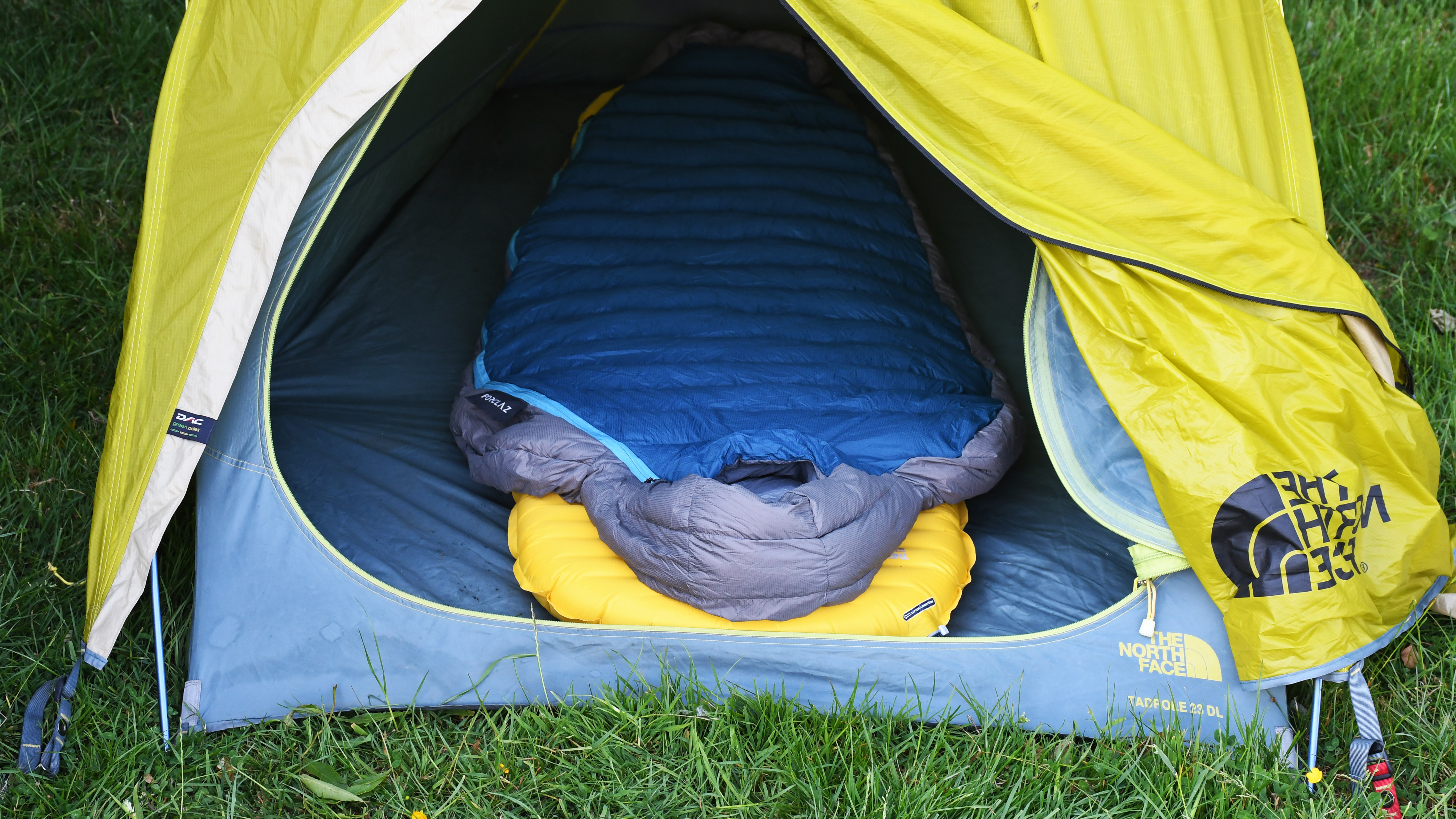
Intelligent design and decent materials make this Decathlon's own-brand down bag a really great choice for backpackers and bikepackers in search of an affordable down sleeping bag that will keep them warm overnight throughout summer and for a month or so either side and which can be stuffed into a modest-sized backpack or squeezed into a frame bag.
-
+
Very light
-
+
Excellent loft and impressive thermal performance
-
+
Extremely compressible and packable
-
+
Smart design
-
+
Good sizing options
-
+
RDS-certified ethical down used
-
-
Anatomical hood can feel claustrophobic
-
-
Doesn’t perform well when wet
-
-
Requires some careful care
-
-
No left / right zip option offered
-
-
Not suitable for vegans
-
-
No recycled materials used
Why you can trust T3
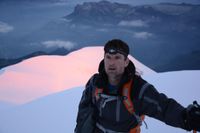
For those not familiar with how the Decathlon code of quality works (because the company do not make it particularly clear), when you’re looking at a product made and badged beneath one of their many home brands, such as Forclaz, the higher the MT number is, the more advanced and high-spec the item of gear is.
The highest designation possible is MT900, so we know that the Decathlon / Forclaz product developers rate the Forclaz Trek MT900 10°C sleeping bag highly, but do we at T3 agree?
Decathlon say they design and test their outdoor gear and camping equipment in the French Alps – I used to be a bit sceptical about this until I personally visited the Decathlon Mountain Headquarters and saw the design and testing process happening with my own eyes. It’s legit.
But still, I didn’t see this particular item getting stress tested, and so I have subsequently been putting a Forclaz Trek MT900 10°C sleeping bag through its paces to see whether it would live up to all its promises and to assess whether it was truly worth its inclusion in our guide to the best lightweight sleeping bags available on the market right now. Read on to learn my findings.
Decathlon Forclaz Trek MT900 10°C Sleeping Bag review: specifications
- Weight (large): 700g
- Pack size (large): Ø 14 x 34cm
- Fill: Duck down (800 CUIN)
- Temperature rating (comfort): 10°C
- Temperature rating (limit): 5°C
- Sizes available: S (user up to 159cm), M (user up to 169cm), L (user up to 184cm), XL (user up to 200cm)
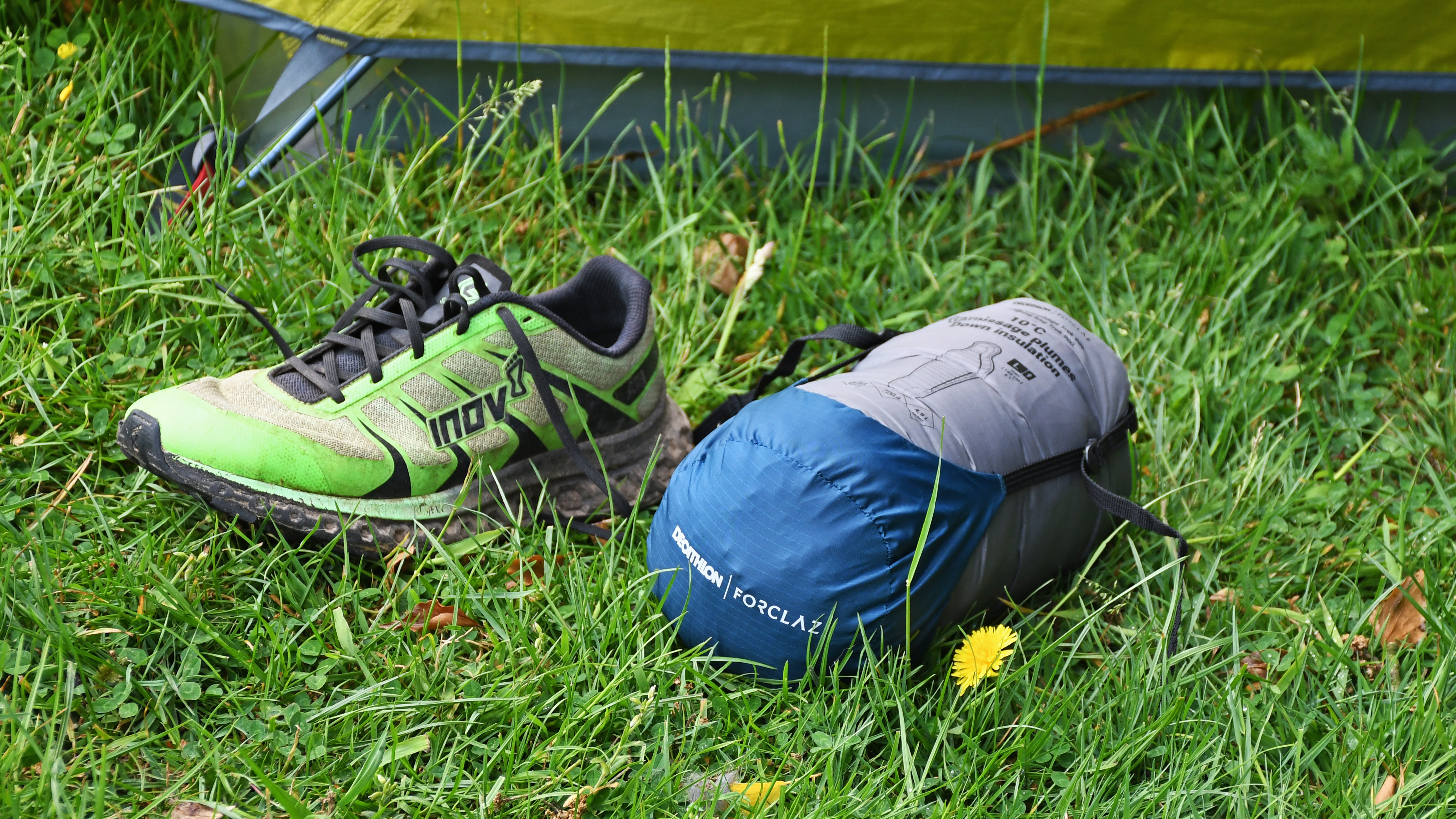
The Forclaz Trek MT900 10°C sleeping bag packs down to the size of a shoe
Decathlon Forclaz Trek MT900 10°C Sleeping Bag review: price and availability
The Trek MT900 10°C sleeping bag is available directly from Decathlon now for a recommended retail price of £110 in the UK, $149 in the US and €135 across Europe.
Decathlon Forclaz Trek MT900 10°C Sleeping Bag review: design and build
The Forclaz Trek MT900 family includes both down and synthetic-filled bags of various thicknesses and weights, with a range of temperature ratings. One thing I really like about these top-end Forclaz sleeping bags is that they take the numerical part of their name from the ‘comfort’ rating of the bag (in this case, 10°C), which is by far the best way to judge a sleeping bag’s suitability for use, rather than using the ‘extreme’ or ‘limit’ rating – a cunning trick played by some brands.
Nights spent at extremes and on the limit are generally utterly uncomfortable and sleepless, so I think it’s disingenuous – dangerous even – for brands to put those figures in the name of their products. Well done, Decathlon, for putting honesty ahead of marketing. The following is a review of the one-season Forclaz Trek MT900 10°C down bag, which we tested over two months.
Get all the latest news, reviews, deals and buying guides on gorgeous tech, home and active products from the T3 experts
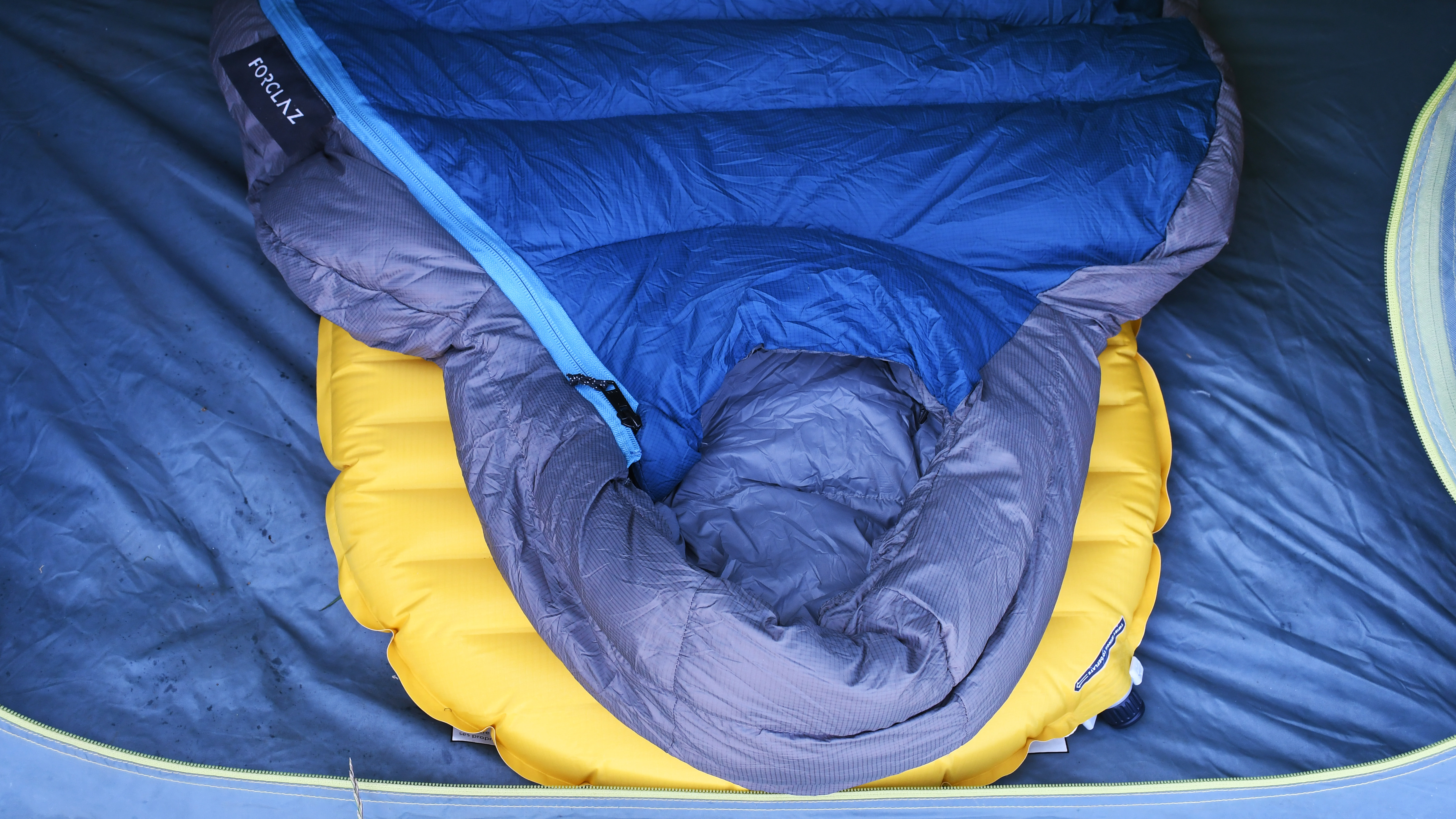
Designed to be as lightweight and compressible as possible, while remaining capable of offering thermal protection to campers when required, the Forclaz Trek MT900 10°C sleeping bag is available in four separate sizes, so you can choose exactly the right length for you, and not carry any additional bulk or weight whatsoever.
The fill is comprised of 90% grey duck down and 10% grey duck feather lining (all RDS-certified), which offers excellent loft (800 CUIN) for very little weight penalty. This bag is lovely and light, extremely comfortable and – perhaps most importantly – incredibly compressible, so you can fit it into packs without maxing out all your storage space. When they are not in use, it’s best to store down bags in an expansion bag (instead of keeping them all scrunched up, which would impact the condition and performance of the down) and the Forclaz Trek MT900 10°C comes with a large fabric bag for this purpose, alongside the compression sack.
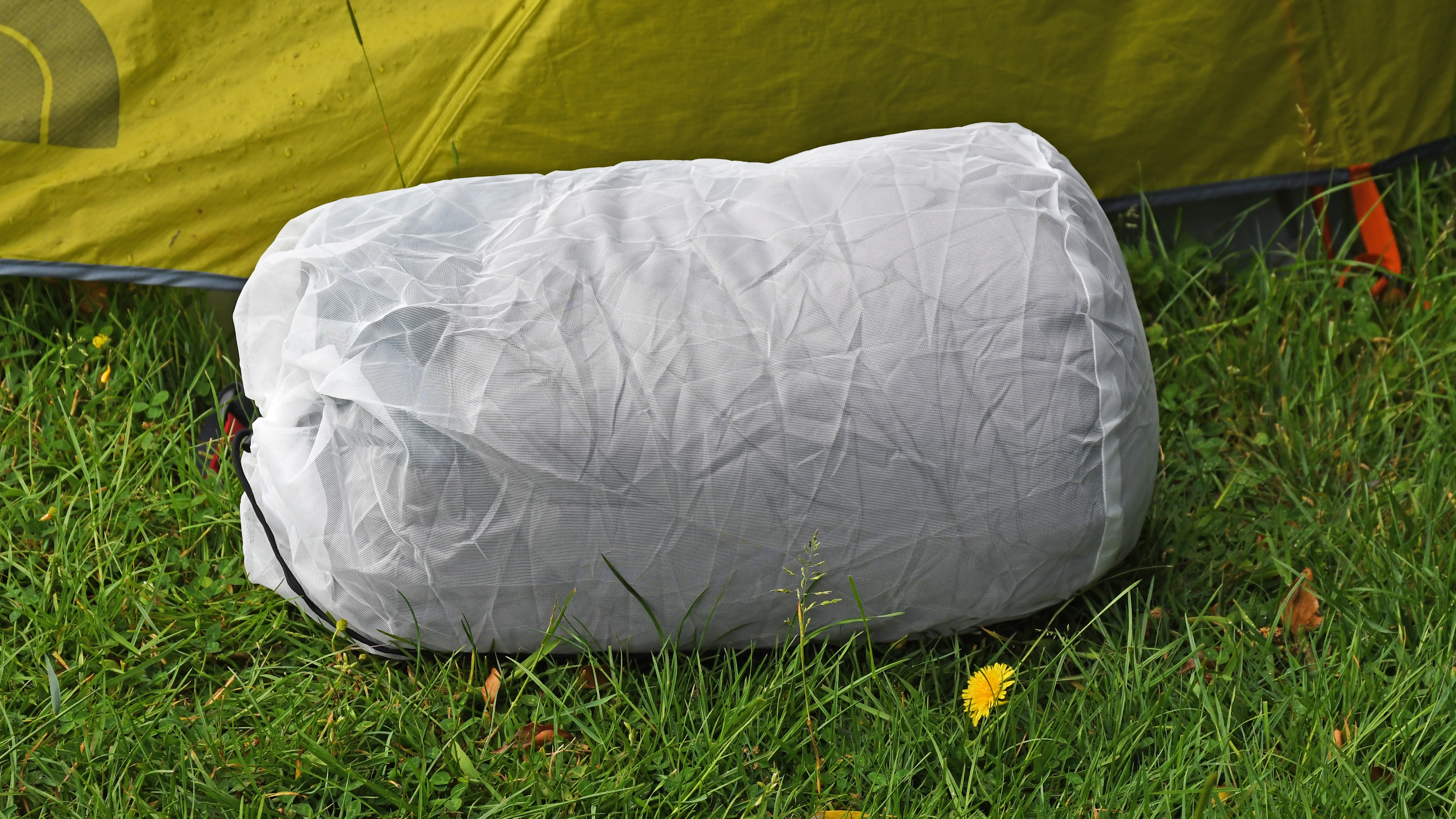
The Forclaz Trek MT900 10°C is a mummy-shaped sleeping bag, which means it is wider at the shoulders than at the feet, offering wriggle room where it’s required while cutting down on the ‘dead space’ inside the bag, so your body warms the interior air quicker and more efficiently. The anatomical hood fits around your head snuggly, further reducing that dead space (although some people may find this a bit claustrophobic). If you do get too hot, the double zip means you can ventilate the bag without completely undoing it.
Like all down sleeping bags, one of the major, er, downsides is that performance rapidly drops away if you get it wet, with dramatic loss of loft as the fill clumps up. The Forclaz Trek MT900 10°C has a Polyamide shell that is water repellant (but not waterproof), and, so far as I can see, the down has not been given a hydrophobic coating, which is something you find in more expensive bags.

Decathlon Forclaz Trek MT900 10°C Sleeping Bag review: performance and comfort
I have used the Forclaz Trek MT900 10°C down sleeping bag in numerous different scenarios, from wild camps as spring was beginning to segue into early summer and the evenings and mornings were still chilly, to a warm weekend camping at an outdoor-pursuits festival just before the summer solstice.
On test, I found that the comfort temperature rating of 10°C (50°F) is genuinely reflective of the thermal protection offered by this bag (if anything, it’s quite conservative), noting that I was using a camping mat with an R-value of at least 2.5 at all times, and a good tent with a three-season rating.
This, of course, is not a three-season sleeping bag, and it doesn’t pretend to be. The Forclaz Trek MT900 10°C is a one-season bag, with that season being summer. But even during the warmest months of the year, the pre-dawn hours often get pretty chilly, and this is when you really appreciate the generous loft of a good down bag like this.
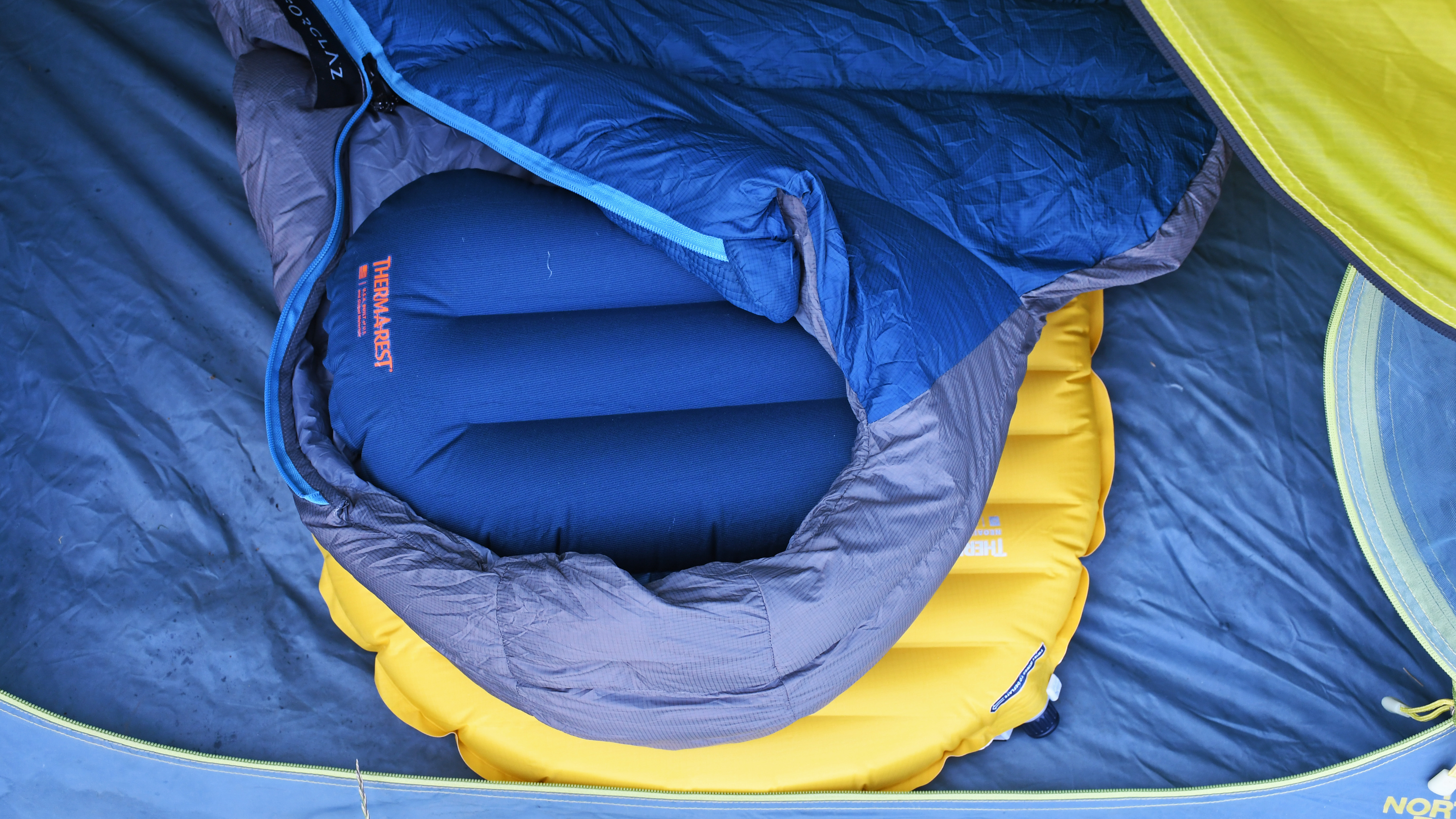
Each time I used it, I was able to regulate my heat pretty easily while ensconced in this sleeping bag, by either running the zipper right up to the hood when it was a bit colder, or utalising the double zip to let some cooler air in, or poke a foot out when things got a bit too warm.
I do, however, have mixed feelings about the anatomical hood on the Forclaz Trek MT900 bags. On the one hand it facilitates efficient use of space and material, helping to keep pack size and weight low and adding some warmth when needed. On the other, I think it can feel pretty claustrophobic. Having the bag zipped up tight around your face and head is a bit different to pulling a roomier hood in with a cord, and it’s harder to operate (and release yourself) once you’re in there – sometimes it feels like you have to be Houdini to get out of this bag, which can be a bit panicky. It also makes it tricky to use a camping pillow in conjunction with the bag, even an improvised one comprised of the stuff sack filled with some clothes, because there’s so little room to fit it in.
For many backpackers and bikepackers – especially the weight-conscious ones the Forclaz Trek MT900 range is aimed at – compatibility with a pillow will be very low on their priority list, however, and in the kind of conditions the 10°C version of the bag is designed for use in, you are very rarely going to need to have the hood zipped fully up. Over all, I’ve been very impressed with this sleeping bag.

Decathlon Forclaz Trek MT900 10°C Sleeping Bag review: verdict
If you’re on a budget but you’re keen to go backpacking or get into bikepacking during the summer, the Forclaz Trek MT900 10°C down sleeping bag could be a perfect option for you. It’s inexpensive but offers a really impressive weight-to-warmth ratio, and it’s one of the most packable bags we’ve come across. The build quality is impressive, the bag is robust, and like all Decathlon products, it has a two-year warranty.
Decathlon Forclaz Trek MT900 10°C Sleeping Bag review: also consider
Another excellent down bag designed for summer conditions is the Alpkit PipeDream 200, which costs a bit more, but will keep you warm at lower temperatures for less weight. If you’re looking for a sleeping bag that can keep you comfortable in considerably colder conditions, check out the more expensive Forclaz Trek MT900 0°C Down Bag (retailer link).
If you’re vegan or worried about down losing its power when wet, then have a look at the very cheap Trekking Sleeping Bag MT500 5°C (retailer link), which is filled with Polyester. Another synthetic sleeping bag with a comparable comfort rating to the Forclaz Trek MT900 is the Robens' Icefall Pro 300, but be aware that synthetic-fill sleeping bags are not as lightweight as down bags, and they can not be compressed as small.
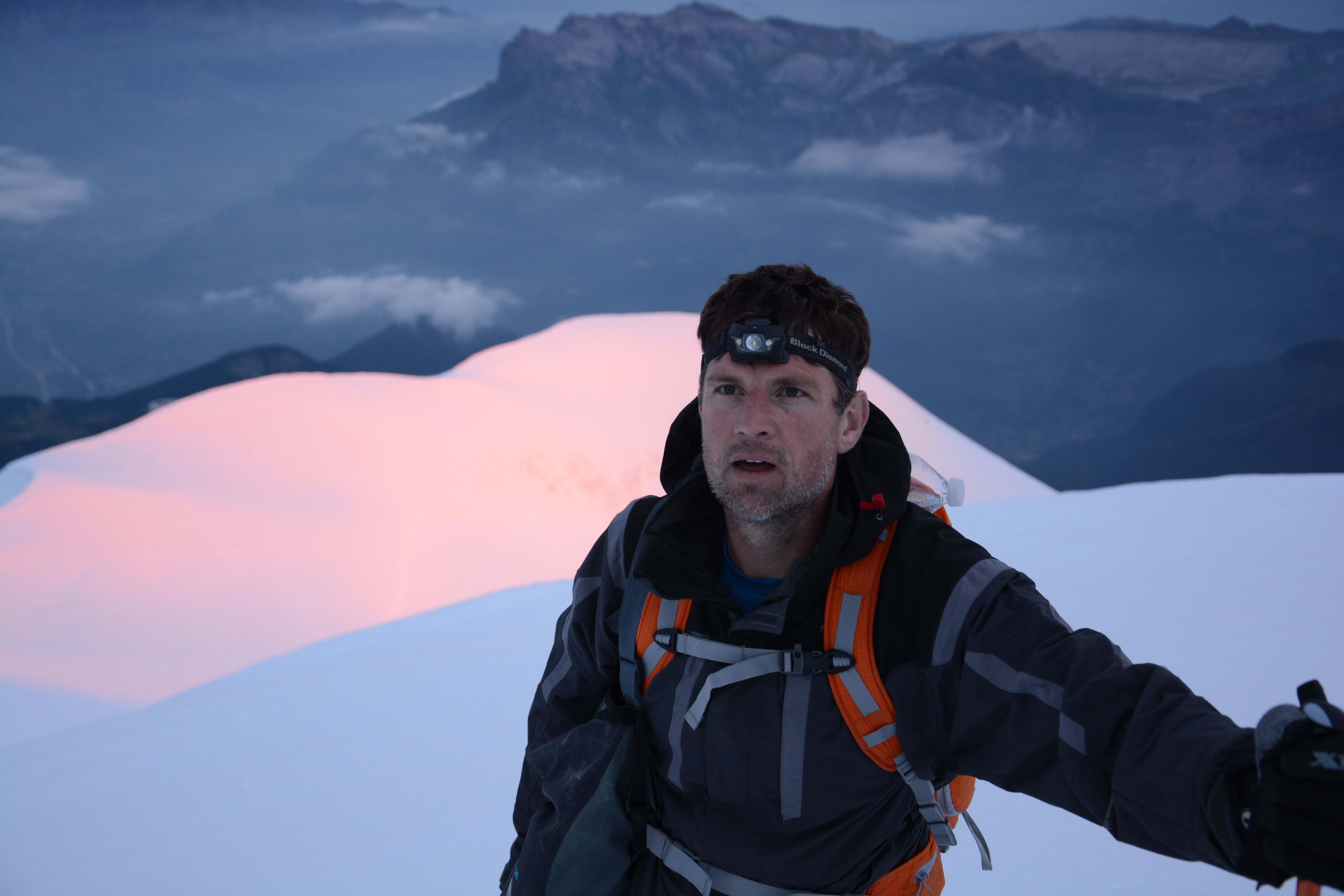
Author of Caving, Canyoning, Coasteering…, a recently released book about all kinds of outdoor adventures around Britain, Pat Kinsella has been writing about outdoor pursuits and adventure sports for two decades. In pursuit of stories he’s canoed Canada’s Yukon River, climbed Mont Blanc and Kilimanjaro, skied and mountain biked across the Norwegian Alps, run ultras across the roof of Mauritius and through the hills of the Himalayas, and set short-lived speed records for trail-running Australia’s highest peaks and New Zealand’s nine Great Walks. A former editor of several Australian magazines he’s a longtime contributor to publications including Sidetracked, Outdoor, National Geographic Traveller, Trail Running, The Great Outdoors, Outdoor Fitness and Adventure Travel, and a regular writer for Lonely Planet (for whom he compiled, edited and co-wrote the Atlas of Adventure, a guide to outdoor pursuits around the globe). He’s authored guides to exploring the coastline and countryside of Devon and Dorset, and recently wrote a book about pub walks. Follow Pat's adventures on Strava and instagram.